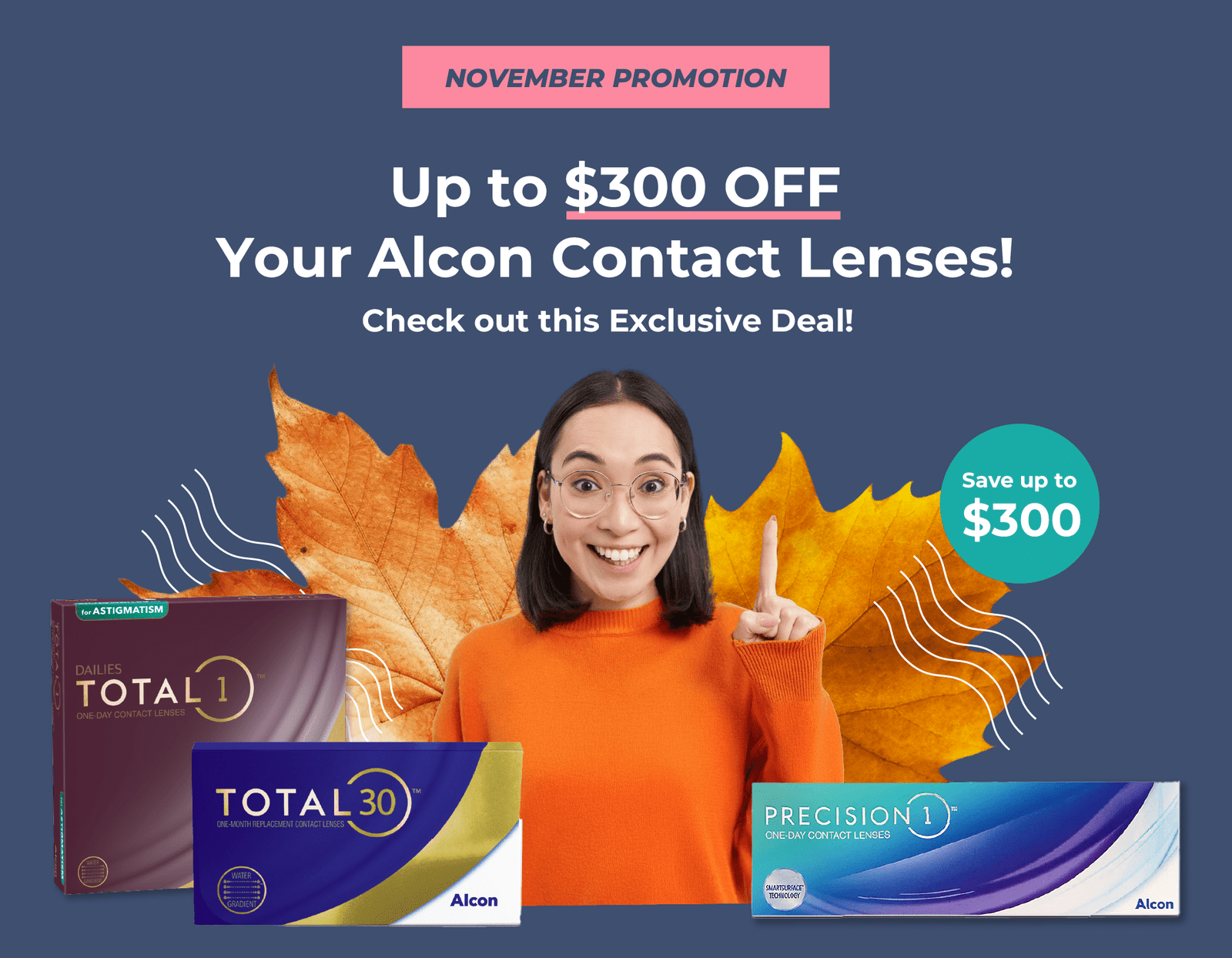Sunglasses are a ubiquitous summer accessory. Sunglasses are More Than Just a Fashion Statement! From classic aviators to trendy cat-eyes, they come in endless styles that complement any outfit. But beyond the realm of fashion, sunglasses play a crucial role in protecting your eyes, the body’s most intricate and irreplaceable sensory organs. Let’s delve deeper into the science behind sunglass protection, understand why they’re essential for ocular health, and explore how the wrong shades can actually do more harm than good.
The Invisible Threat: Understanding UV Rays and Your Eyes
The sun emits a spectrum of light, including visible light that allows us to see, and invisible ultraviolet (UV) rays. While some UV rays are filtered out by the Earth’s atmosphere, UVA and UVB rays reach our eyes and can have detrimental effects. UVA rays penetrate deep into the eye, reaching the retina, and contributing to the development of age-related macular degeneration (AMD), a leading cause of vision loss. UVB rays are more readily absorbed by the cornea and lens, and overexposure can cause photokeratitis, a painful condition similar to sunburn on the eye’s surface.
Shades On: How Sunglasses Guard Your Vision
Sunglasses act as a shield, blocking harmful UV rays from reaching your eyes. Look for shades labeled “UV 400” or those that state they block 99% to 100% of both UVA and UVB rays. Here’s how proper sunglasses offer protection:
- Reduced Risk of Cataracts: Cataracts are a clouding of the lens that can significantly impair vision. Studies have shown that consistent use of UV-blocking sunglasses can decrease the risk of developing cataracts.
- Protection Against Macular Degeneration: AMD is a progressive disease that damages the macula, the central part of the retina responsible for sharp central vision. UV exposure is a major risk factor for AMD, and sunglasses can help slow its progression.
- Glare Reduction: Sunlight reflecting off surfaces creates glare, which can strain your eyes and make it difficult to see clearly. Sunglasses with polarized lenses offer superior glare reduction, improving visual comfort and reducing eye fatigue.
- Enhanced Safety During Activities: Engaging in activities like snow sports, water sports, or spending time at high altitudes increases your exposure to UV rays. Wraparound sunglasses that fit snugly offer optimal protection for these scenarios.
Friendly reminder: Sunglasses are More Than Just a Fashion Statement – they are a necessity for your ocular health!
Beyond UV Protection: Additional Benefits of Sunglasses
While UV protection is paramount, sunglasses offer additional benefits for your eyes:
- Reduced Squinting: Squinting in bright sunlight is a natural reflex, but it can lead to wrinkles around the eyes. Sunglasses eliminate the need to squint, protecting your delicate eye area.
- Improved Visual Comfort: By filtering out harsh sunlight, sunglasses allow you to see more comfortably, reducing eye strain and headaches, especially during extended periods outdoors.
- Protection from Wind and Dust: Wraparound sunglasses can shield your eyes from dust, wind, and debris, particularly beneficial for activities like cycling or hiking.
Shades of Deception: Why Cheap Sunglasses Might Hurt Your Eyes
While any shade is better than none, opting for cheap, unverified sunglasses can actually be detrimental to your ocular health. Here’s why:
- Lack of UV Protection: Many inexpensive sunglasses offer minimal UV protection, or worse, none at all. These “fashion shades” may have dark-tinted lenses that actually dilate your pupils, allowing more UV rays to enter.
- Poor Quality Materials: Cheap sunglasses may be made with lenses that distort your vision, causing eye strain and headaches.
- Improper Fit: Loose-fitting sunglasses leave your eyes vulnerable to UV rays sneaking in from the sides and top.
Investing in Your Vision: Choosing the Right Sunglasses
When purchasing sunglasses, prioritize UV protection and quality over price. Here are some tips:
- Look for the Label: Always check for the UV protection label, ensuring it blocks 99% to 100% of UVA and UVB rays or states “UV 400.”
- Consider Lens Material: Polycarbonate lenses are lightweight, impact-resistant, and offer excellent UV protection. Trivex lenses are another good option, offering similar benefits with superior clarity.
- Consult an Eyecare Professional: Optometrists can recommend sunglasses based on your specific needs and facial structure.
- Invest in Quality: While designer brands aren’t always necessary, choose sunglasses from reputable retailers and brands known for their commitment to UV protection and quality materials.
In conclusion, Sunglasses are more than just a fashion statement. They are a vital tool for protecting your eyes from the sun’s harmful UV rays, safeguarding your vision for years to come. By understanding the science behind sunglass protection and investing in a quality pair, you can ensure your eyes are shielded from the invisible threats

